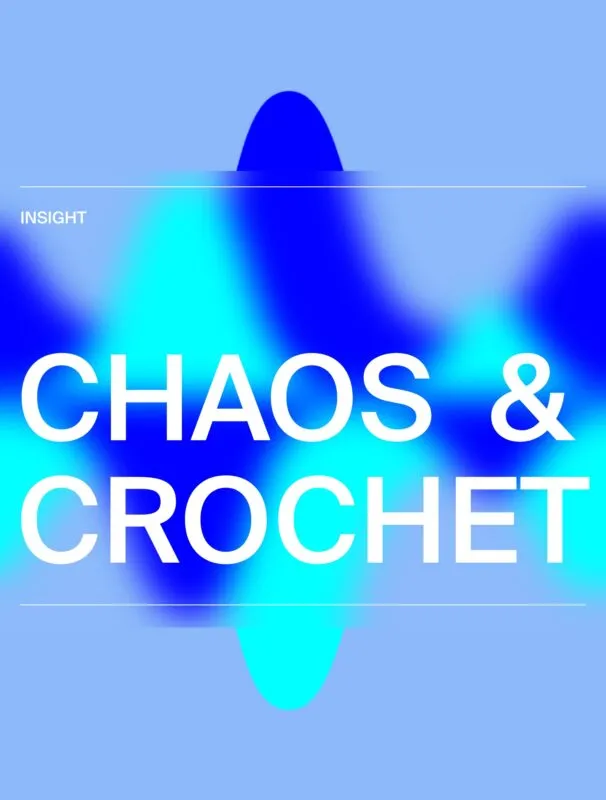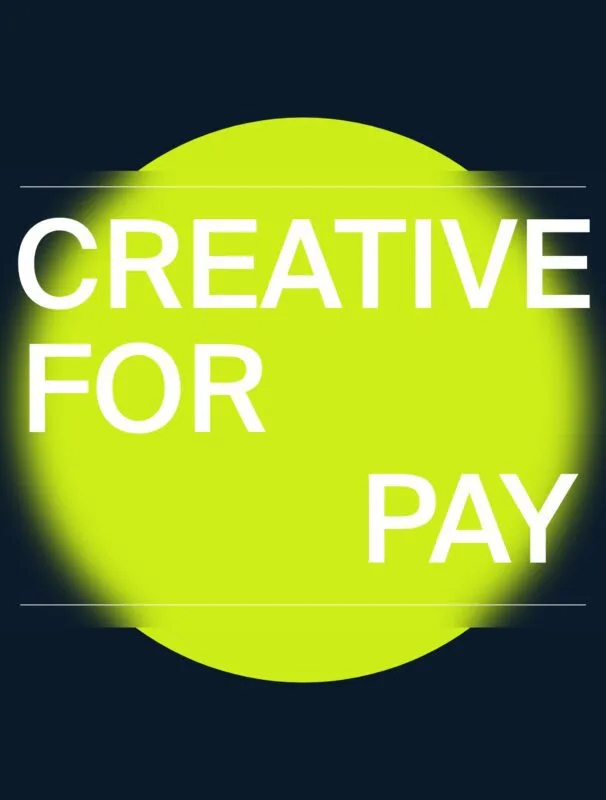‘Chaos & crochet’
Words: Hugh Stevenson
Published on November 2, 2023

Why we got more creative during the pandemic.
In 2020, Hobbycraft saw a 200% increase in sales in the first 6 months of the pandemic. Pinterest saw an 155% increase for searches for crochet basics. Why?
Creativity is the cornerstone of what it is to be human; we are constantly looking for new ways of doing things to progress on what has been before and to innovate on what we have now. We have a unique capacity to conceptualise possible futures, and to integrate past experiences and build on these by picking out relevant things we’ve learned to create new ideas.
We pontificate on possible outcomes when problem solving and take risks whilst knowing that some solutions won’t work out. All of these mental capacities have evolved throughout centuries, allowing us to abstract and combine ideas, theorise and consider possible alternatives when making decisions.
So why did it take a global pandemic for more people to take up creative hobbies? Why did people start crocheting and embroidering like their lives depended on it?
Perhaps so much around us is out of our control, we looked to things that we can master and influence. Or may be the mundanity of everyday life brought out more playfulness in everyone.
Engaging with the arts has long been viewed as a form of catharsis. Aristotle believed watching tragedies gave one a sense of relief, Freud believed that the arts could be used to uncover unconscious desires.
Recent studies have shown that engagement with arts helps with emotional regulation. Daisy Fancourt et al state that engaging with the arts benefits emotional regulation. Significantly, this was shown to be especially true when engaging new creative pursuits – which help enhance self-esteem.
The Arts and Minds Lab in Boston has shown that arts engagement can boost mood in children. And in a longitudinal study taken from data from the 70s, Mak and Fancourt found that children who engaged with arts from age 10 had lower levels of behavioural difficulties at age 16.
But will we just look back on 2020 as the mad year we took up painting or will we hone our new skills? The mental health fall out of Covid might make us engage in creativity more regularly. Vogue predicts upcycling to be the biggest fashion trend of spring 2021. We think 2021 will show an increase in the hobby economy with people investing more time and money into leisure activities and doing things they enjoy.
Humans are naturally creative, but periods of constraint inspire people to be more creative. A forced stop and the trauma of the pandemic has it least shed light on the value of creativity.

